Love hummingbirds? And butterflies? Want to welcome native bees to your yard? These animals are all so wondrous to see in our yards, flitting about and making us smile, oblivious to all of the negative things going on in the world right now. One of my favorite things about spring is welcoming back the hummingbirds. How about you? What do you love most about spring?
If you love seeing these amazing animals and want to make sure you roll out the red carpet for them so they will choose your yard as a good place to live, here are 10 things you can do–starting today!
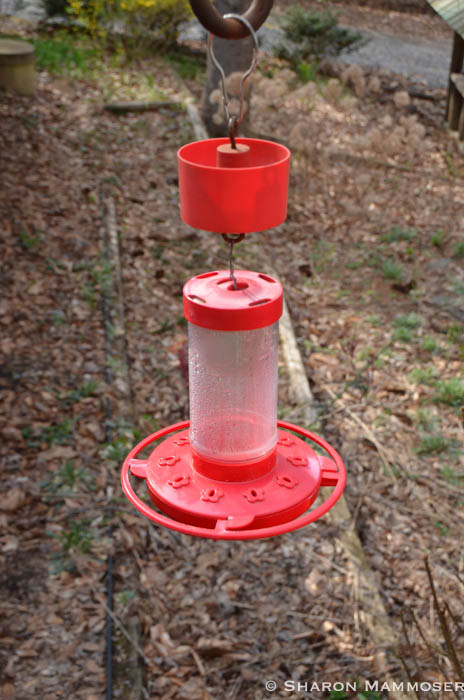
- Put out your hummingbird feeders! It’s time to put out your hummingbird feeders! If you look at the migration map of their travels north, it’s easy to see that these tiny birds are slowly making their way north. If you live in Texas, Florida and other southern states, you might already be seeing them!! If, like me, you live in western NC, they will likely be here soon. At my house in the woods I usually see them the first week of April though the map shows they are already in some places nearby. If your house has lots of things that look appealing, the birds may set up shop and nest in your yard, so it’s better to get your feeders out early. And don’t forget to clean them regularly as the mold can be bad for the little birds.
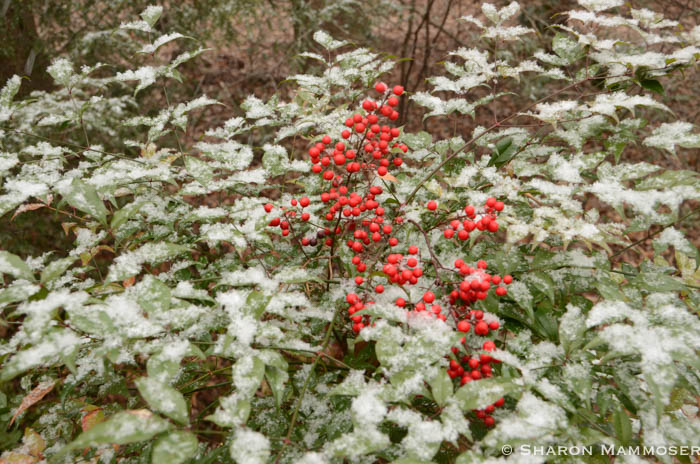
2 Give a pass to INVASIVE trees, shrubs, flowers and other plants. Even though some of us would like it to be otherwise, many of our local nurseries continue to sell plants that are wickedly invasive. These are plants that are usually not from here and can quickly get out into wild areas, taking over and threatening native plants. Many of these are very attractive in the landscape and widely used around town. You see them in everyone else’s yard, and you want them in yours too. But next time, maybe do some research before buying things you’re unsure of to make sure it’s not invasive. Examples include burning bush, Oriental bittersweet, English ivy, bamboo, phragmites, Japanese knotweed, Norway maples, autumn olive, stilt grass, Chinese privet, Japanese barberry, nandina (also known as heavenly bamboo and sacred bamboo) and MANY, MANY more. Educate yourself BEFORE you buy these plants! In my forest where I live I am forever fighting to try and get rid of invasive plants, even though I’m not the one responsible for putting them there in the first place.
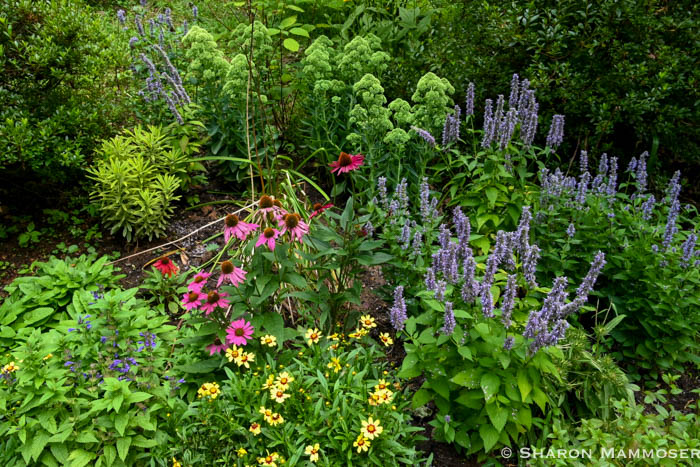
3. Choose native trees, shrubs and flowers. That’s not to say you should never plant anything else, as many non-native plants are not invasive and perfectly fine to add to your gardens. Native plants support more native wildlife. And more wildlife means more diversity. Choose a variety of native plants for the most impact for your dollar.

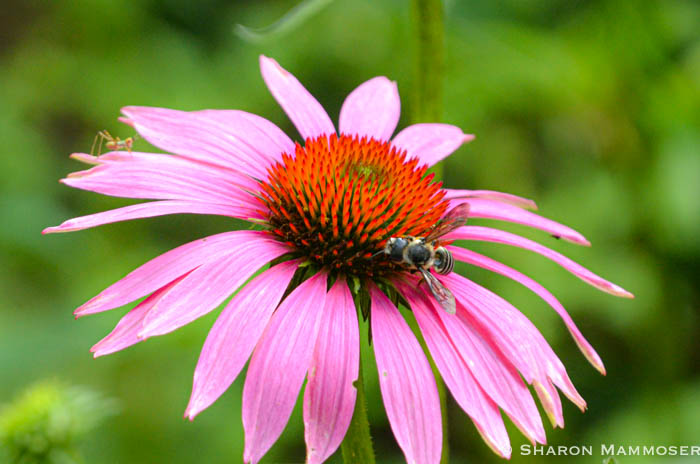
4. Buy flowers and plants that haven’t been treated with neonicotinoids. What’s that you ask? In a nutshell, neonicotinoids are the most widely used insecticide in the world. These chemicals are harmful to MANY animals, including bees, and other pollinators. When a plant has been treated with these chemicals it can persist in the soil for years! And even contaminate nearby plants. If you want to read more about it, the Xerces Society is a great place to start. But for you, the consumer who wants to add flowers and beauty to your yard, what can you do? The best thing is to ASK the nursery where you buy your plants whether or not they were treated with Neonicotinoids or Neonics as they are sometimes called. If the answer is “Yes,” or even ” I don’t know,” or “I’m not sure,” then look elsewhere. Many of the big box, cheap stores treat with neonics and make it seem like a good thing. Buyer beware, as if your goal is to HELP the butterflies, bees and other pollinators, planting flowers treated with these harmful chemicals is only going to harm the animals you’re trying to help! Is it really worth the savings to buy at these stores?
5. Don’t use pesticides or insecticides in your yard. Sure it’s easier to just spray some Roundup or 2, 4-D, on those weeds growing by your fence but did you know these chemicals are harmful both to you and to the environment? Some of these chemicals can last up to 3 months! There are tons of sites online dedicated to informing people about the negative effects of these chemicals.
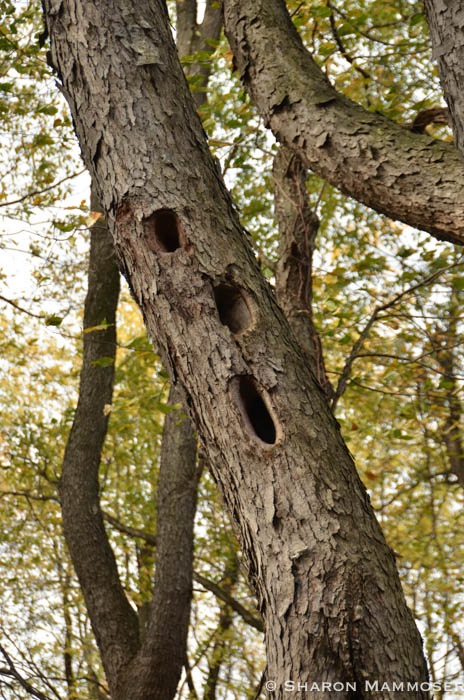
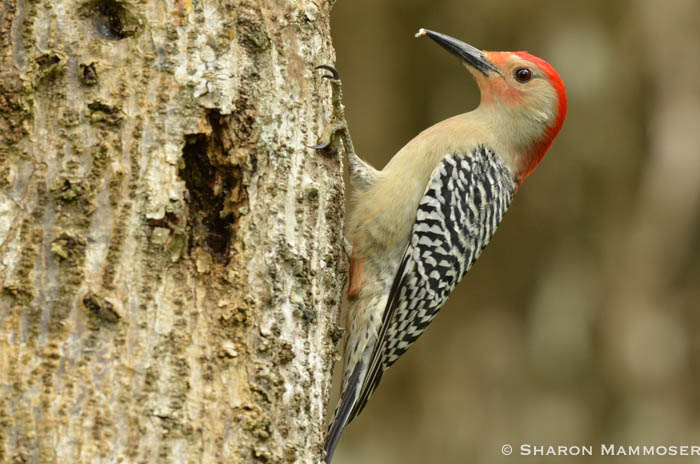
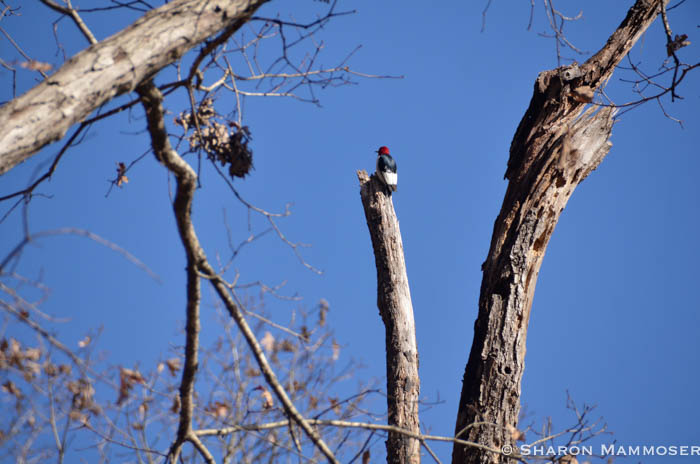
6. When safe, consider leaving dead trees standing as these provide food and shelter to many animals. Standing dead trees, or snags as they are called support a wide variety of animals. Woodpeckers find insects in the snags. Cavity nesting birds like bluebirds, chickadees, and owls use snags for nesting places. Birds of prey may use it as a lookout. Bats can roost in hollow cavities. Raccoons, opossums and other small animals can escape predators. Of course, it’s not always safe to leave a dead tree standing but if it is, consider just leaving it there. The animals will thank you!
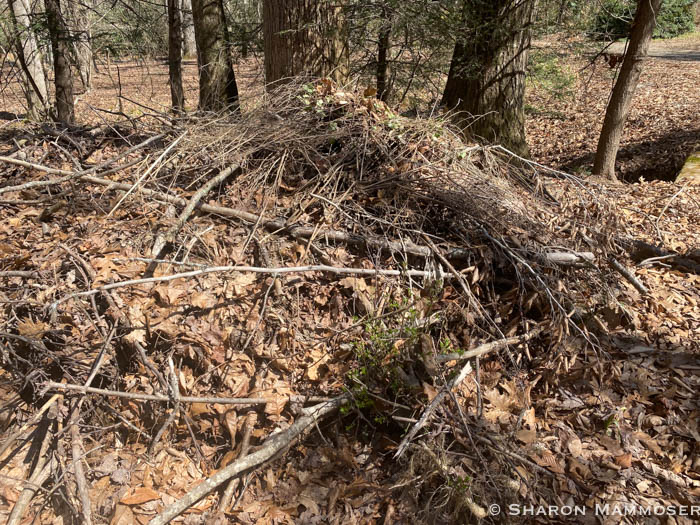
7. Create a brush pile. Did you know brush piles can be useful to a lot of different kinds of animals? For instance, if you add hollow flower stalks to it, some native bees can take up residence there. Brush piles can provide shelter for many animals like toads, salamanders, rabbits, reptiles and other animals. Butterflies or moths may overwinter there. Animals can find shelter or places to den in brush piles. And the best part of all? They’re super easy to make! No how-to manual necessary. Just throw fallen tree branches, dried flowers, leaves, even your old Christmas tree in a pile. That it! The animals WILL come!
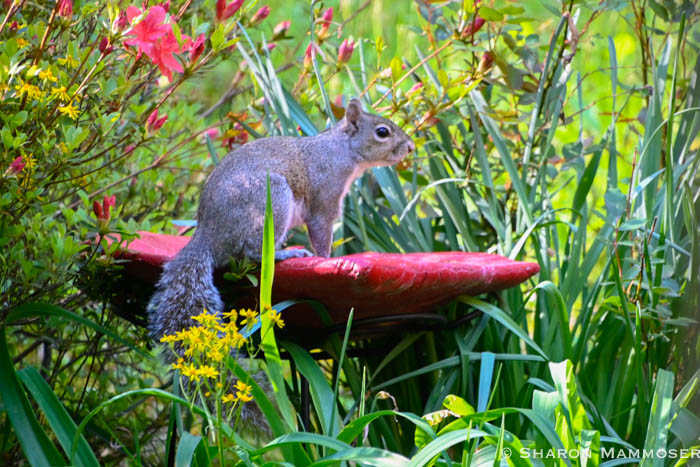
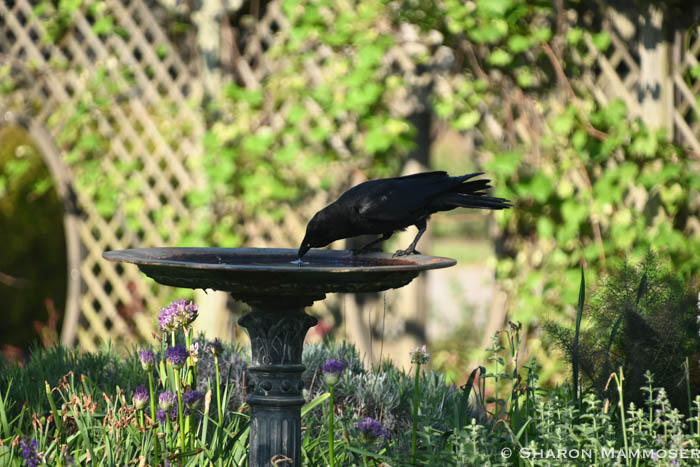
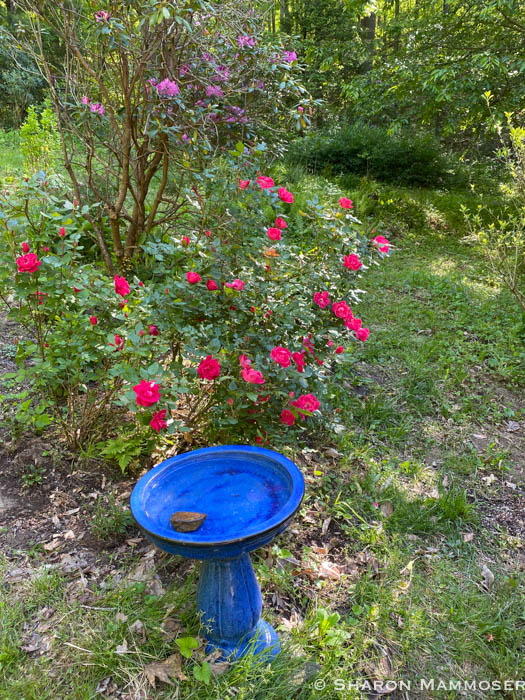
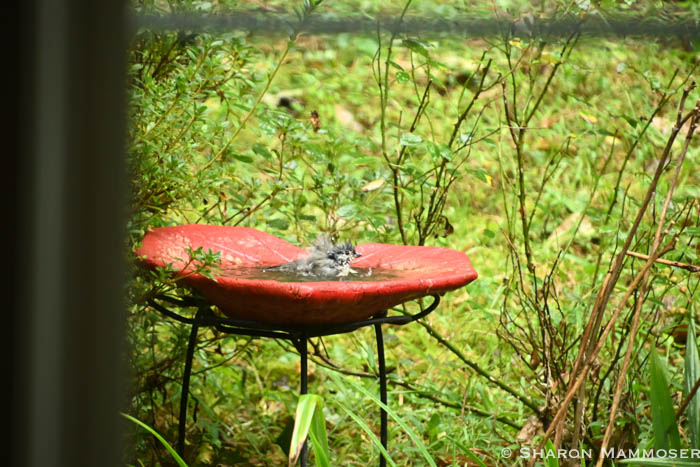
8 Offer a water source. All animals need four basic things: food, water, shelter and space. If your yard doesn’t have a stream, pond, river or lake on it, consider adding a water feature or bird bath. The best bird baths are the ones that are shallow and can be easily cleaned. Place them near a shrub or bush so birds will have an escape route. If you want to offer water to bees and butterflies too, you can use a shallow bowl, filled with small pebbles or rocks so they can safely drink without drowning.
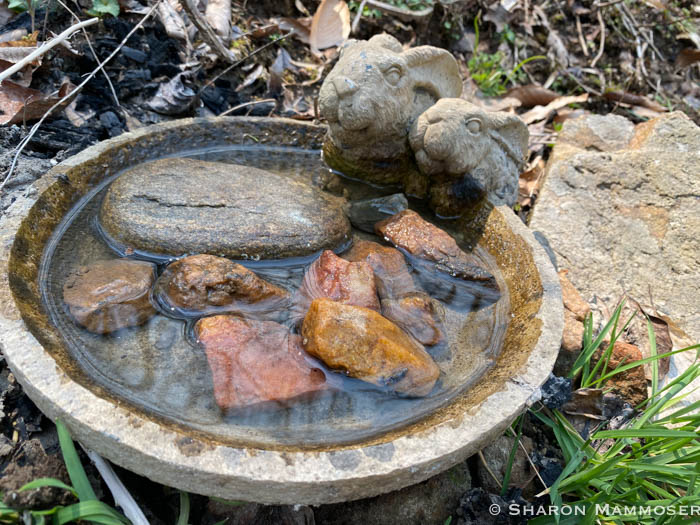
9. Turn OFF the outdoor lights at night! If you drive down any residential or city street at night, you’re likely to see a really lot of houses with nighttime lights. And they’re on all night. You may not know this but lights in the dark can negatively impact a lot of animals, from migrating birds, to bats, to moths and even toads and other animals. Artificial lights may cause stress and disrupt natural behavior, it may confuse animals and cause them to waste time or worse, get eaten by predators. Consider leaving the lights off and turning them on when needed, or even installing a sensor on the lights so they only go on when there is motion.
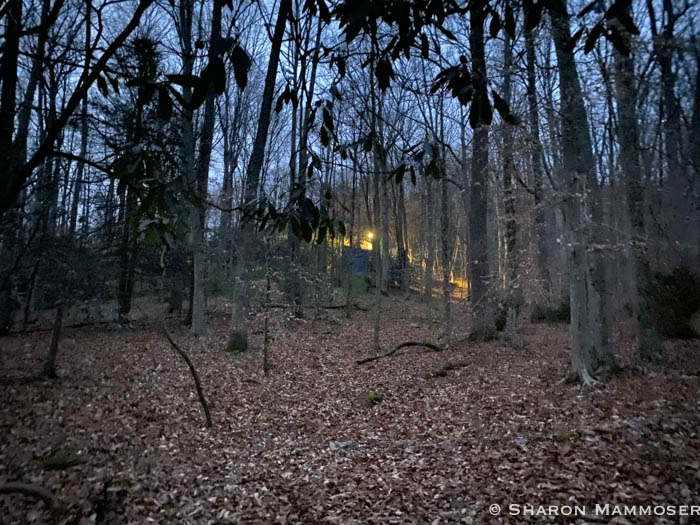
10. Lastly, if you want to attract and give wildlife a safe place in your yard, keep your CATS inside! You may not know this but cats kill a lot of animals, even cats that are loved and well-fed. Just because you don’t see it doesn’t mean it’s not happening. Researchers in NC attached GPS trackers to pets in 6 countries. They found that “cats killed up to 10 times more wildlife than a comparable predator in the wild.” Smithsonian says that “cats kill an average of over 2 BILLION birds and 12 BILLION mammals each year!” Those of us who have pet cats can make a difference by keeping the cats inside. Or, you can leash-train your cat, taking him/her out for supervised walks so the pet gets the benefit of being outside and you get the peace of mind that your pet is not killing “your” birds and other wildlife.
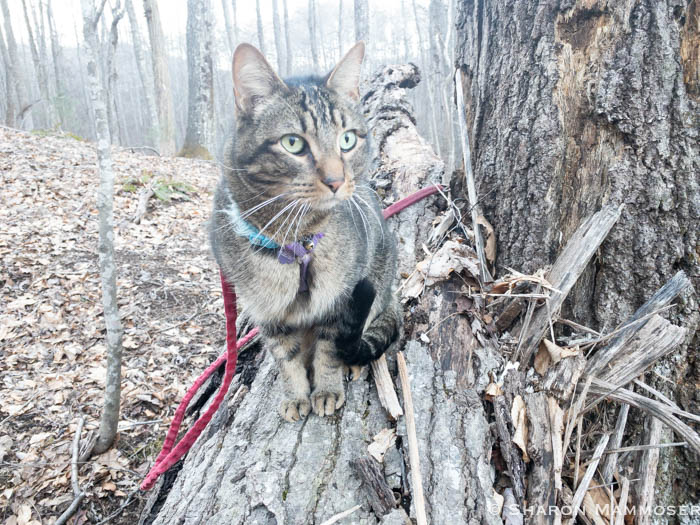
What other ideas do you have to attract birds, insects and other wildlife to your yard? I’d love to hear from you! Use the reply box below the post if you want to contribute to the conversation. Happy spring! I hope you’re getting out to enjoy it!

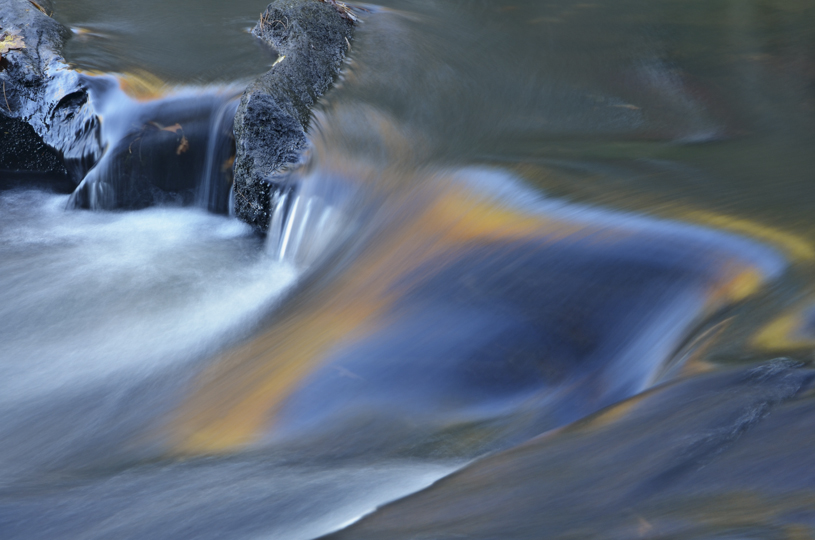
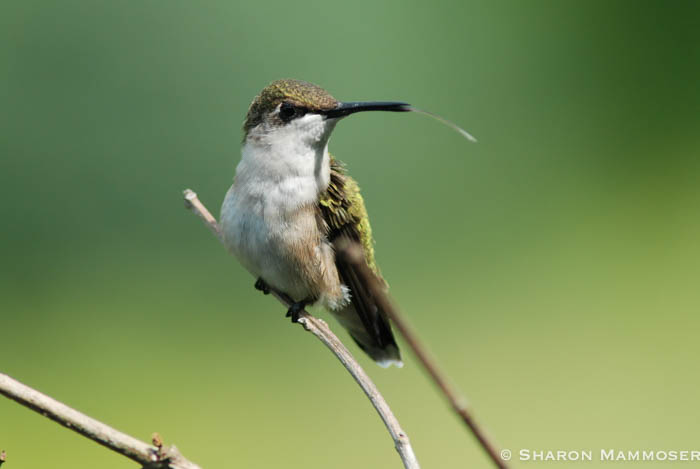
Good advice!
I’m probably preaching to the choir, but even so, can’t help but say it.